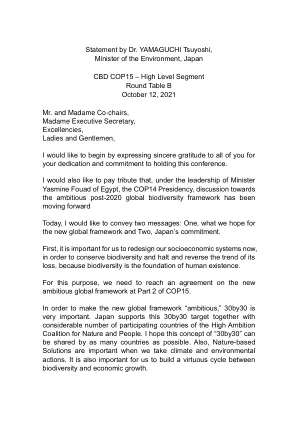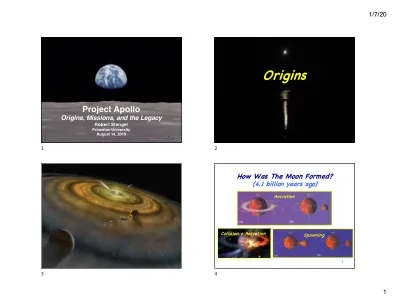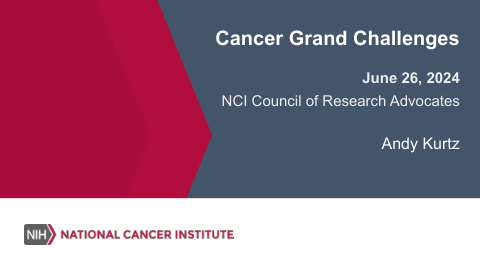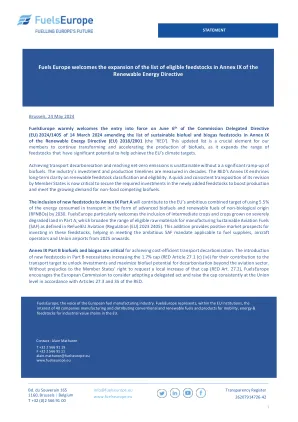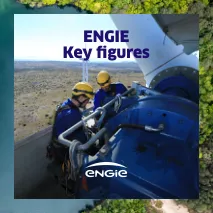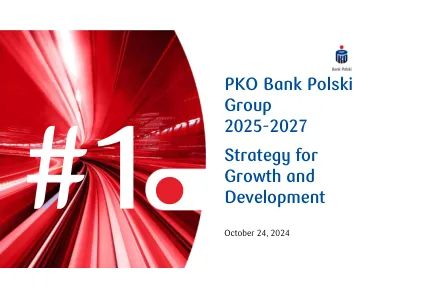XiaoMi-AI文件搜索系统
World File Search System能源行业战略计划 (ESSP)
The Energy Sector Strategic Plan (ESSP) 2024–2029 serves as a vital framework for steering Rwanda's energy sector towards sustainable growth and aligning with the country's broader goals under Vision 2050 and the upcoming National Strategy for Transformation (NST-2). The plan, developed under the leadership of the Ministry of Infrastructure (MININFRA), in collaboration with various stakeholders, seeks to address current sectoral challenges while maximizing opportunities to promote long-term energy security and economic development. Over the next five years, the ESSP aims to tackle critical issues, including limited electricity access, inefficient energy infrastructure, and reliance on traditional cooking methods, while laying the foundation for Rwanda's energy future. Aligned with Rwanda's international commitments under the Nationally Determined Contributions (NDC) and the Green Growth and Climate Resilient Strategy (GGCRS), the ESSP identifies six strategic priorities for 2024-2029. These include scaling up both grid and off-grid electricity access, advancing electricity generation projects, promoting clean cooking technologies, expanding the national grid, and increasing street lighting along major roads. These priorities are integral to Rwanda's goal of fostering sustainable economic growth and transitioning towards cleaner, more reliable energy systems as envisioned in Vision 2050. Despite significant progress, including doubling the country's electricity generation capacity from 208.8 MW to 406 MW, the ESSP acknowledges that Rwanda has faced challenges in meeting its energy targets. The goal of 556 MW of electricity generation was missed due to project delays, low demand, and external disruptions such as the COVID-19 pandemic. In addition, the universal household electricity access goal remains unmet, with 21.1% of households still lacking access to reliable energy. Limited budget allocations, outdated infrastructure, and logistical constraints have also delayed essential projects like, off-grid electrification, and the expansion of petroleum storage facilities. Looking forward, the ESSP sets ambitious targets to be achieved by 2029. On-grid electricity access is projected to rise from 5.9% to 75%, while off-grid access is expected to be maintained between 23% and 25%, ensuring 100% access for productive users by 2027/28. Rwanda's electricity generation capacity is projected to grow to 615 MW, with at least 60% of the energy mix coming from renewable sources. Major projects, such as the 43.5 MW Nyabarongo II hydropower plant, imports 228.6 MW and utility-scale solar PV (), are crucial for reaching these goals. Clean cooking solutions are also a top priority, with the number of households using clean and efficient stoves expected to increase from 1.18 million to 2.88 million by 2029, reducing reliance on biomass and promoting healthier, environmentally friendly cooking alternatives . Additionally, expanding petroleum reserves to ensure a stable -months supply will be essential for Rwanda's energy security. Financing the ESSP's ambitious goals will require substantial resources with an estimated total of over $2.8 billion in the next five years, with significant investments over 75% directed towards electricity access ,generation capacity transmission networks and clean cooking solutions, stereetlighting and development of petroleum strategic reserves taking the rest. Successful execution will depend on the mobilization of financial resources, enhanced coordination among stakeholders, and timely infrastructure development. By addressing these areas, Rwanda is
Yamaguchi Tsuyoshi博士的陈述
我还要向埃及部长Yasmine Fouad的领导,COP14总统职位的讨论,关于雄心勃勃的2020年后全球生物多样性框架的讨论今天一直在向前发展,我想传达两个信息:一个信息:一个信息,我们希望对新的全球框架和两个日本的承诺,我们对新的全球框架的承诺。首先,现在对我们的社会经济系统重新设计,以保护生物多样性并停止并扭转其损失趋势,因为生物多样性是人类生存的基础。为此,我们需要就COP15第2部分的新雄心勃勃的全球框架达成协议。为了使新的全球框架“雄心勃勃”,30BY30非常重要。日本支持这个30BY30的目标,以及大量自然和人民野心联盟的参与国家。我希望这种“ 30BY30”的概念可以由尽可能多的国家共享。此外,当我们采取气候和环境行动时,基于自然的解决方案也很重要。对我们而言,在生物多样性和经济增长之间建立良性周期也很重要。
阿波罗计划讲座 2019 (8-14) 主讲 - Robert F. Stengel
• 计划进行地球轨道飞行任务以测试登月舱 • 开展更具雄心的任务 • 重新用于首次载人登月飞行 • 为期 6 天的任务,无需登月舱
ACS 内部新闻通讯 1 月 25 日
每年,数以百万计的人都会制定雄心勃勃的新年决心,希望改变自己的生活并实现期待已久的目标。虽然新年的兴奋带来了新的开始,但随着时间的推移,许多人发现自己很难保持正轨。造成这种情况的主要原因之一是倾向于设定过于雄心勃勃的目标而不考虑实现这些目标的途径。长期成功的关键在于使用符合您的能力、资源和生活方式的现实目标设定技巧。以下是您可以使用实用且可实现的目标来坚持您的新年决心并实现持久改变的方法。
Fuels Europe 欢迎扩大《欧盟燃料标准》附件九中合格原料的清单。
将新原料纳入附件 IX A 部分将有助于实现欧盟雄心勃勃的综合目标,即到 2030 年,将运输消耗的能源的 5.5% 以先进生物燃料和非生物来源的可再生燃料 (RFNBO) 的形式使用。FuelsEurope 特别欢迎将中间作物和在严重退化土地上种植的作物纳入 A 部分,这扩大了 ReFuelEU Aviation(法规 (EU) 2023 2405)中定义的可持续航空燃料 (SAF) 的合格原材料范围。这一新增内容为投资这些原料提供了积极的市场前景,有助于满足从 2025 年起适用于燃料供应商、飞机运营商和联盟机场的雄心勃勃的 SAF 要求。
波兰储蓄银行集团 2025-2027 年增长战略和......
对气候目标和可再生能源 (RES) 在能源结构中的占比制定越来越雄心勃勃的规定(例如,到 2030 年排放量减少 55%,可再生能源占比为 30%)


